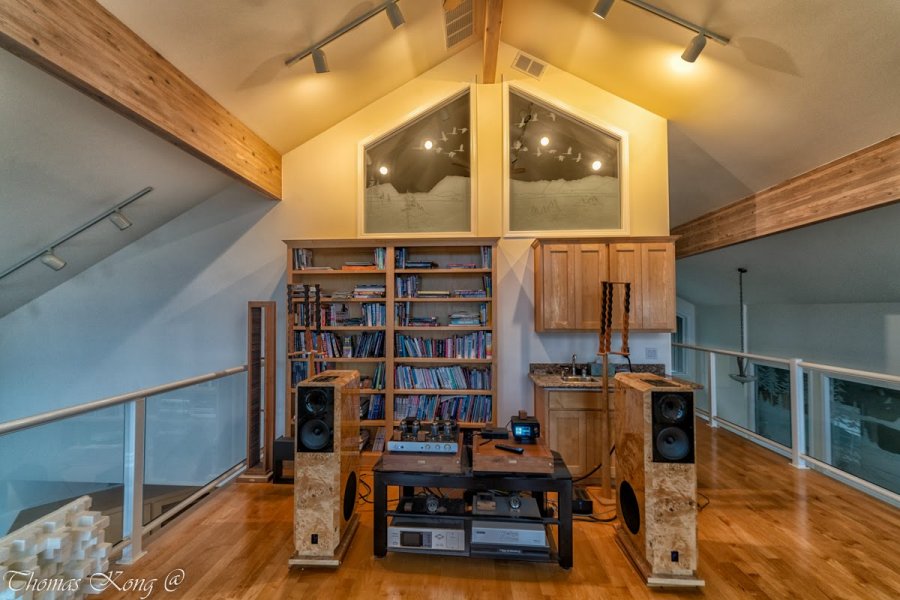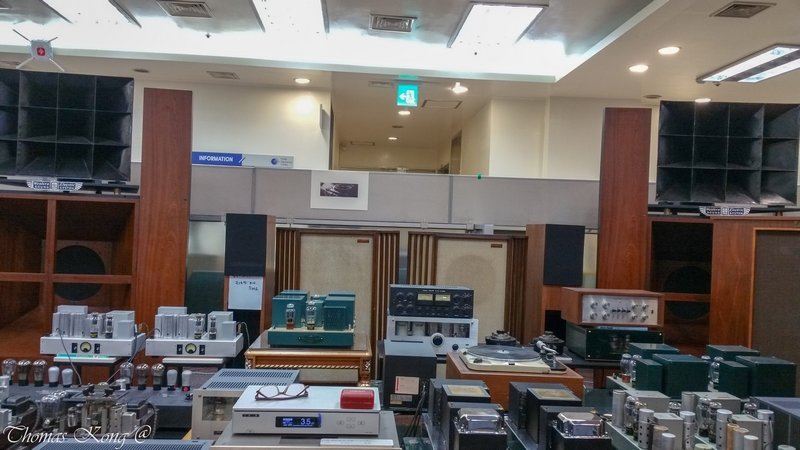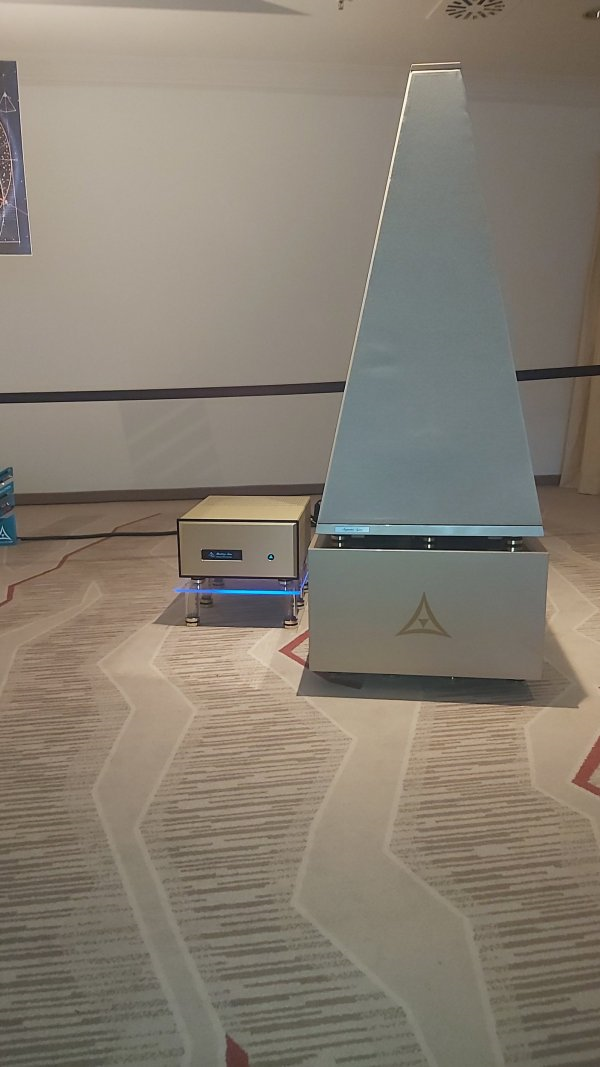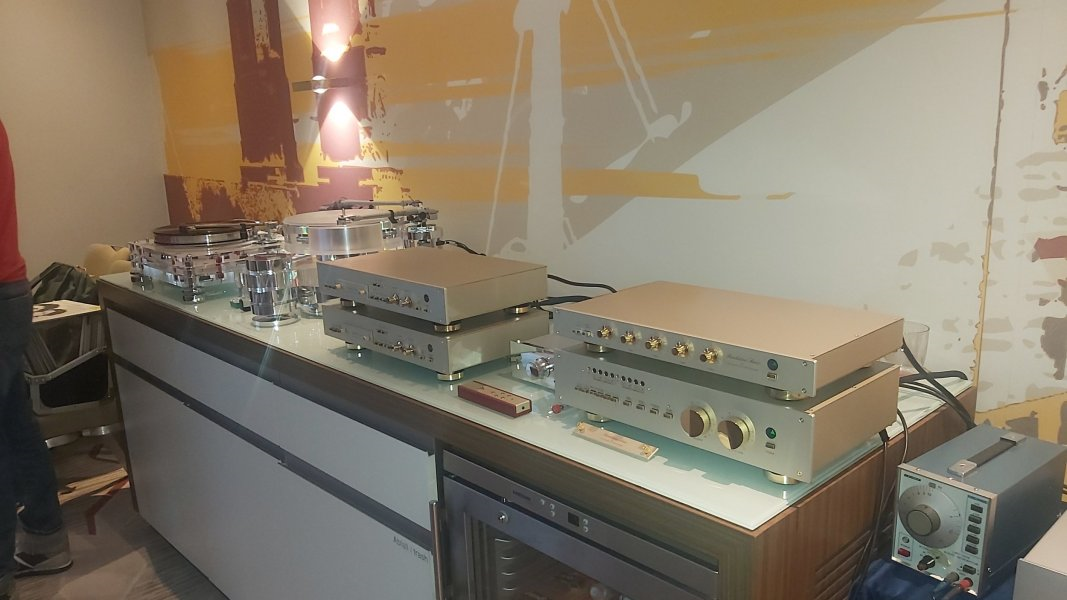Endgame speaker will depend on personal taste, budget and size of listening room.
On 1989, I lived in apartment at Chicago with 15feet W 20 feet D 8 feet H listeing space.
I had auditioned ML CLS, several Apogee and other box speakers.
After auditioning several choices, my endgame speaker on 1989 turned out to be Apogee Diva driven by Krell KSA 250.
But I could not afford it at that time, thus I had settled at Apogee Duetta Sig driven by Krell KSA 150.
I had been happy with Apogee Duetta Sig driven by Krell KSA 150. until 1998.
But I want deeper bass and switched to Avalon Ascent II which sound too bright with Krell amp.
Thus I switched to Jadia 200 and then Jadia 500.
Avalon Ascent II driven by Jadis 500 sound very musical with no serious faults at all.
But one audio dealer offered big discount on Wilson Watt Puppy 5 and I switched to it on 2001
Watt Puppy 5 gave nice details with 3 d soundstage but too bright for my taste.
I used DCS Elgar and upsampler fed by CEC TLX 0 using volume of Elgar without any pre amp.
Thus I let Watt Puppy 5 go only after 6 months and got B&W Notilus 800 instead.
I had enjoyed B&W Notilus 800 driven by Jadis 500 from 2002 to 2004
It had given most powerful bass that I had experienced in my listening space.
On 2004, Mr Chung of Silbatone who is a close friend of mine recommended me to try full range speaker(6 inch driver) with his Silbatone 300B SET.
While I enjoy Jadis 500, I could not play it during summer due to too much heat.
Thus I followed Mr Chung's recommendation.
Full range speaker(6 inch driver) driven by Silbatone 300B.SET gave gracious sound with nice tonality, but no serious bass or dynamics.
After using full range speaker for two years, I swithced to Lansche 4.1 on 2006.
At that time my listening room was rather small 10 ft W 15 ft D 7 ft H.
Lansche 4.1 driven by Silbatone 300B SET. fitted by WE 300b made in 1950's gave perfect sound in the small listeing space with clean and sublime lady vocal, nice dynamics and timber.
But after moving to larger listening spcae of 15 ft W 20ft D 12 ft H, Silbatone 300B SET. could not drive Lansche 4.1 with enough power.
Thus I had to switch to higher power tube amp to drive Lansche 4.1
On 2021 I got Altec A7 which gave unlimited dynamcis and vintage flavor.
On 2022, I also assembled Scaena 3.2 which I got used on 2020 but could not assemble it during Corona pandemic.
Scaena 3.2 gave very realistic placement of each instrument in deep and wide soundstage but not going deep enough below 30 hz.
After getting pair of Rel 31s April this year, Scaena 3.2 augmented by pair of Rel 31s really sings with nimble and deep bass.
During last two years, I attended Pacific Audiofest 2022, 2023 and Seoul Audio Show 2023.
If I choose one speaker that impressed me is big Genesis with natural and lifelike dynamics from reel tape as source.
But it is too big for my current listening space of 16 ft wide 20 ft deep 15ft to 20 feet sloped ceiling.
I am too lazy to build larger dedicated listening space.

I wil use my currrent house as is.
If i start new, i may choose either MBL 101e or Asylvox planar.
But as I am happy with my current speakers, it will be side grade.

Songer Audio field coil speaker also sounds fresh and fast which may fit for second listing space on the third flooer.
For the time being, I will take turns between Scaena 3.2, Lansche 4.1 and Altec A7 depending on my mood and music.
in the future, I would like to get genuine WE vintage horn system.

I found one in good condition on 2020 at Seoul, Korea.
It sounds very natural and fast with unlimited dynamics driven by 20 Watts tube amp.
But at that time, I was hesitant to withdraw 250k $ from my stock account.
If I find similar one again, I may jump at it as my endgame speaker.



















